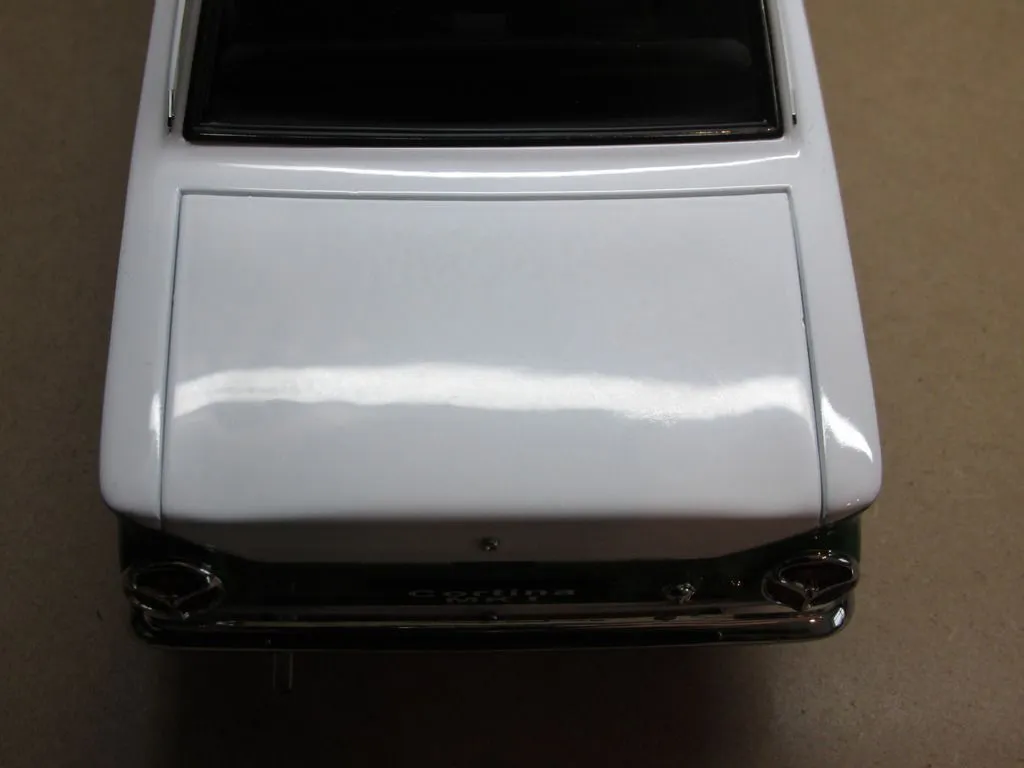Painting diecast models is a rewarding hobby that allows enthusiasts to personalize and restore their miniature vehicles. The key to a successful paint job lies in choosing the right paint. With so many options available, selecting the best paint for diecast models can seem daunting. This comprehensive guide will walk you through the process, ensuring you achieve professional-looking results. We’ll cover different paint types, essential factors to consider, preparation techniques, painting methods, and top-rated brands. Let’s dive into the world of diecast model painting and discover how to choose the perfect paint for your next project.
Choosing the Best Paint for Diecast Models
The ideal paint for your diecast model project depends on several factors, including your skill level, desired finish, and available equipment. Understanding the different paint types and their characteristics is the first step in making an informed decision. Each type offers unique advantages and disadvantages, making it crucial to choose the one that best suits your needs. Consider the level of detail you wish to achieve, the durability you need, and the application method you’re comfortable with. With careful consideration, you can select a paint that enhances your model’s appearance and provides lasting results.
Understanding Paint Types for Diecast Models
Different paint types cater to various preferences and requirements in diecast model painting. The three most common types are enamel, acrylic, and lacquer paints. Each type has its own unique properties, including drying time, durability, and the need for specific thinners and application methods. Familiarizing yourself with these characteristics will help you make the best choice for your project. Whether you prioritize ease of use, a flawless finish, or long-lasting protection, understanding the distinctions between these paint types is paramount.
Enamel Paints
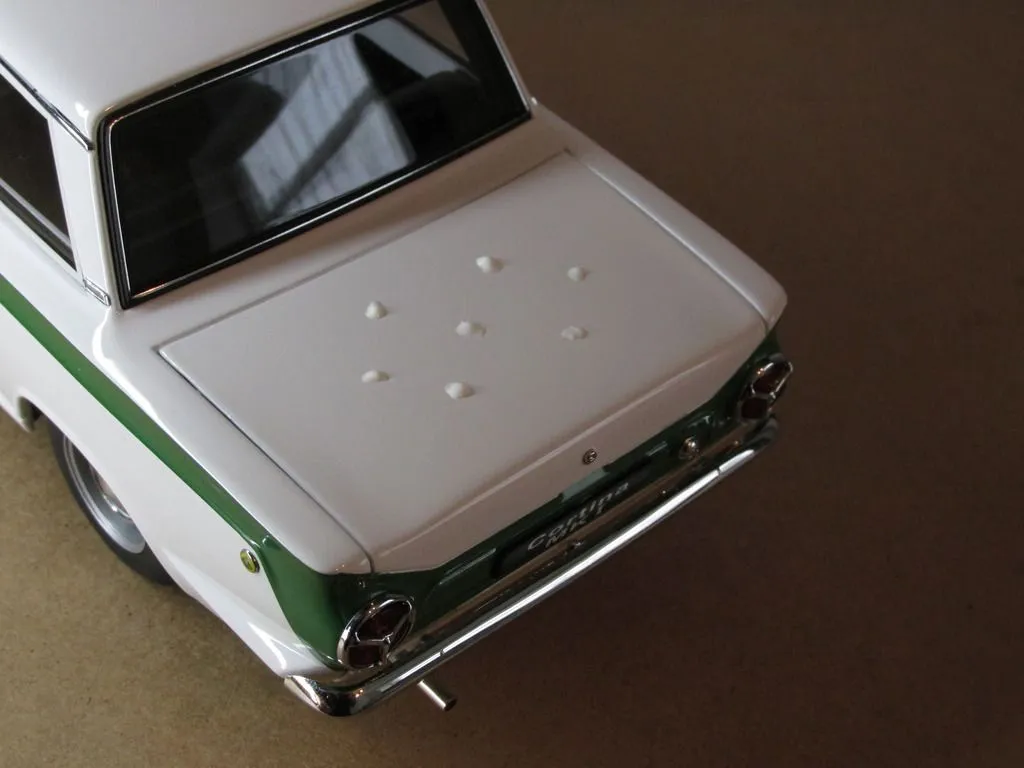
Enamel paints have a long history in model painting and are known for their durability and glossy finish. They are oil-based, take longer to dry, and require specific thinners for both thinning and cleanup. Enamel paints provide excellent coverage and are often favored for their resistance to chipping and scratching. They’re relatively forgiving, making them a good choice for beginners. However, the longer drying time means it can take longer to complete a project. The strong odor from enamel paints necessitates proper ventilation.
Acrylic Paints
Acrylic paints are water-based, making them easy to clean up with water, and they dry relatively quickly. They are popular for their low odor and safety. Acrylics come in various finishes, from matte to gloss, and are versatile enough for both brush and airbrush applications. They are also less prone to yellowing over time. Acrylics are a great option for beginners due to their ease of use and lower toxicity. However, they may not be as durable as enamel paints, and the finish can sometimes be less smooth without careful application.
Lacquer Paints
Lacquer paints are known for their incredibly smooth finish and fast drying times. They are solvent-based and require specific lacquer thinners for thinning and cleanup. Lacquers offer excellent durability and a high-gloss sheen, often preferred by experienced modelers. They dry to a hard, durable finish that is resistant to scratches and chemicals. The rapid drying time allows for quick layering and finishing. However, lacquers have a strong odor and require excellent ventilation. They can also be more challenging to work with and are best suited for airbrushing due to their quick drying properties.
Factors to Consider When Choosing Paint
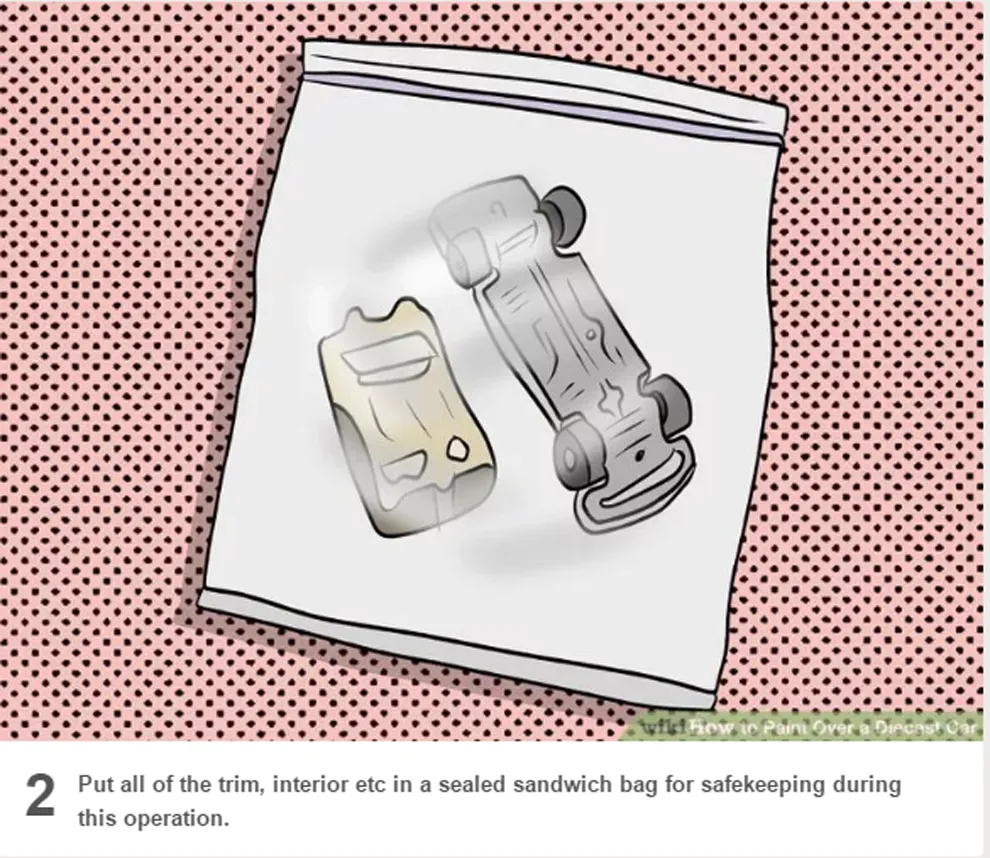
Several factors should guide your paint selection process. Considering these aspects helps ensure the best results for your diecast model project. Your specific needs and preferences are crucial in choosing the right paint. Thinking about durability, the application method, the range of available colors, and how easy the paint is to use can drastically impact the final outcome and your overall satisfaction. Each factor plays an important role in achieving the desired finish and longevity of your model.
Durability
The durability of the paint is essential for protecting your model from wear and tear. Consider how often the model will be handled and the environment in which it will be displayed. Enamel and lacquer paints generally offer superior durability, resisting scratches and chips better than acrylics. If you anticipate frequent handling or exposure to environmental factors, choosing a more durable paint type is wise. The paint’s resistance to fading and damage ensures your model maintains its appearance over time.
Application Method
The application method you choose will influence your paint selection. Acrylics and enamels can be applied with a brush or airbrush, offering flexibility for beginners. Lacquers, however, are best suited for airbrushing due to their fast drying time. If you’re new to model painting, starting with brush-friendly paints might be easier. Airbrushing provides a smoother finish but requires practice and additional equipment. Considering your skills and available tools is critical in selecting a paint that matches your preferred application technique.
Color Range
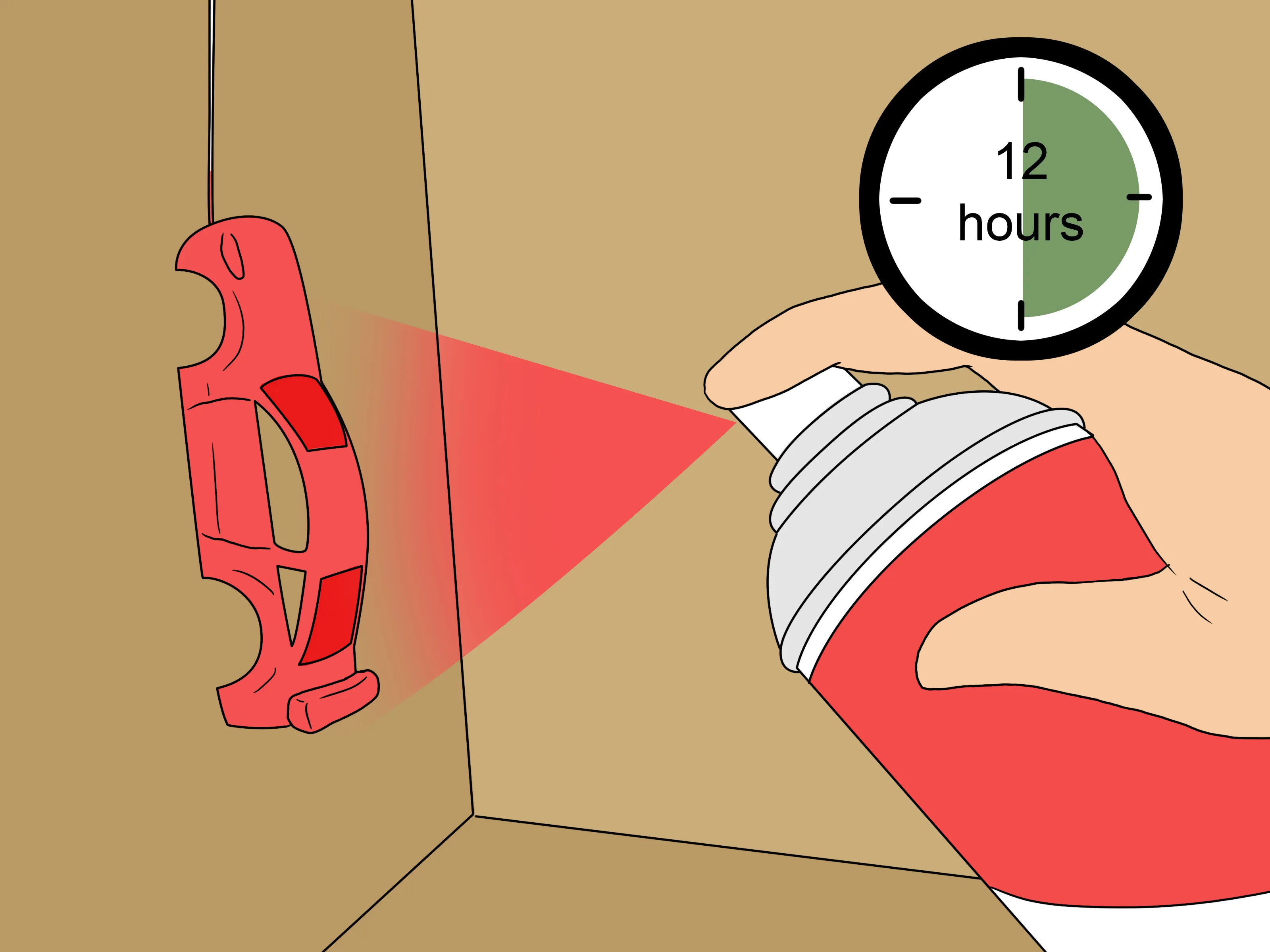
The color range available within each paint type can vary. Some brands offer extensive color palettes, while others have more limited options. Consider the specific colors you need for your model. If you have a complex color scheme, choosing a brand with a wide color selection or one that offers color-mixing capabilities is important. Research the available shades to ensure you can find the exact colors required for your project. Availability of specialized colors, such as metallic or fluorescent paints, can also influence your decision.
Ease of Use
Ease of use is a crucial factor, particularly for beginners. Acrylic paints are generally easier to work with because they are water-based and easy to clean. Enamel paints require specific thinners for cleanup, and lacquers demand even more care due to their strong solvents. Consider your experience level and the amount of time you want to spend on cleanup and maintenance. Choosing a user-friendly paint makes the painting process more enjoyable. Paints that dry quickly or don’t require a complex setup can save time and make the hobby more accessible.
Preparing Your Diecast Model for Painting
Proper preparation is the foundation of a successful paint job. It involves cleaning the model, removing any existing paint or imperfections, and applying a primer. Thorough preparation ensures the new paint adheres correctly to the surface and provides a smooth, even finish. Skipping this step can lead to issues like peeling, bubbling, and an unsatisfactory appearance. Taking the time to prepare your model properly will yield professional-looking results that you can be proud of.
Cleaning and Surface Preparation
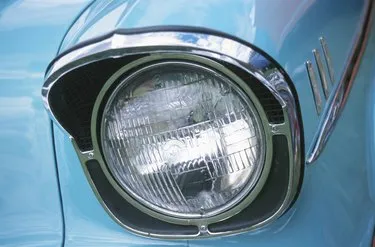
Begin by thoroughly cleaning your diecast model. Use warm, soapy water to remove any dust, dirt, or oils. Rinse the model and let it dry completely. Inspect the surface for imperfections, such as mold lines or flash. These can be removed using fine-grit sandpaper or a hobby knife. The goal is to create a smooth, clean surface for the primer to adhere to. This surface preparation is essential for ensuring a professional finish.
Priming the Model
Priming is a vital step in the painting process. It provides a base for the paint to adhere to and helps create a smooth, uniform surface. Primers also improve the paint’s durability and help the colors appear more vibrant. Apply a thin, even coat of primer using an airbrush or spray can, following the manufacturer’s instructions. Allow the primer to dry completely before sanding lightly with fine-grit sandpaper, if necessary. This will further refine the surface and prepare it for the color coats.
Painting Techniques for Diecast Models
The techniques you use for painting your diecast model significantly impact the final result. Airbrushing and brush painting are the primary methods, each with its own advantages. Mastering these techniques, along with achieving a smooth finish, will elevate the quality of your work. Experimentation and practice are key to refining your skills and producing stunning results. Remember, patience and attention to detail are important in this process.
Airbrushing vs Brush Painting
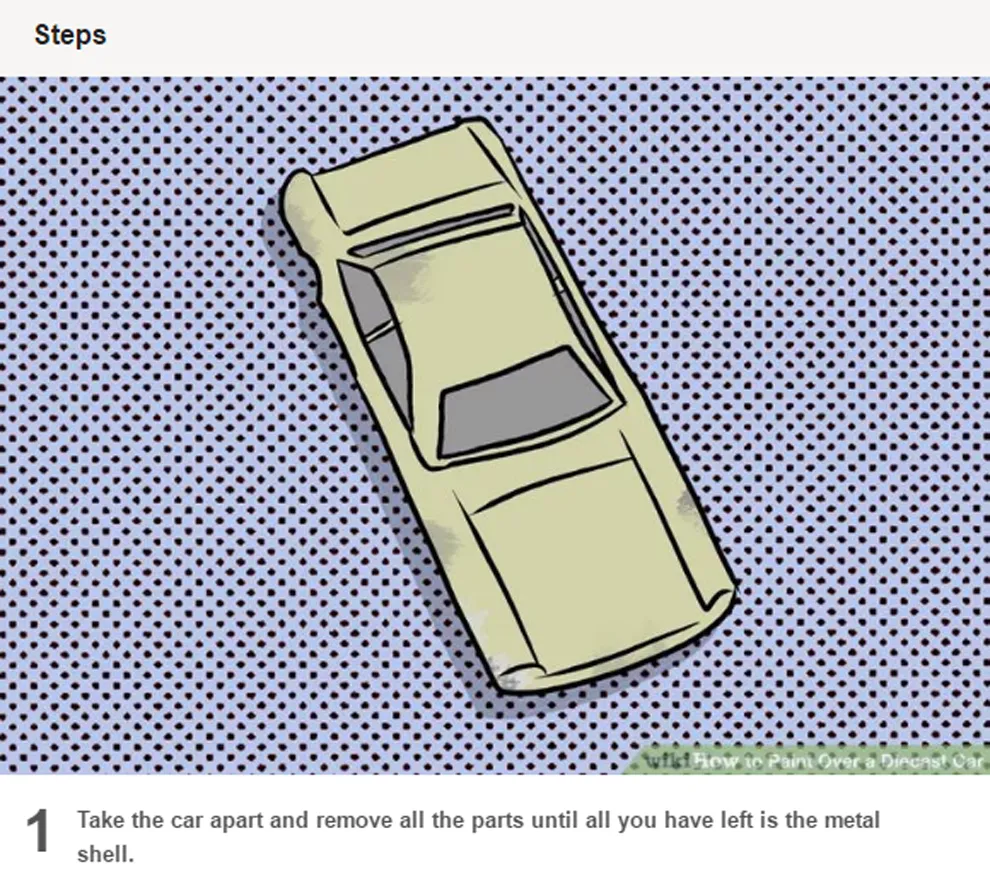
Airbrushing offers a smoother, more even finish, making it ideal for detailed work and large surfaces. However, it requires specific equipment, practice, and a well-ventilated workspace. Brush painting is a simpler technique, requiring only a brush and paint, making it a great choice for beginners. While brush painting may leave brush strokes, it offers more control over the application in tight spaces. The choice between airbrushing and brush painting depends on your skill level, the complexity of the project, and the desired finish. Both methods can produce beautiful results with the right technique.
Airbrushing Techniques
When airbrushing, use a consistent air pressure and distance from the model for even coverage. Apply thin, even coats, building up the color gradually. This prevents runs and allows the paint to dry properly. Practice on a scrap piece of plastic or cardboard before painting the model. Maintaining a clean airbrush is essential to prevent clogs and ensure a smooth flow of paint. Proper technique ensures a smooth, professional finish.
Brush Painting Techniques
When brush painting, use a high-quality brush and apply thin, even coats to minimize brush strokes. Avoid overloading the brush with paint, which can lead to runs and drips. Work in a well-lit area and rotate the model frequently to ensure even coverage. Allow each coat to dry completely before applying the next. Thinning the paint slightly can help reduce brush marks. The key is to use consistent, light strokes, allowing the paint to self-level. Applying multiple thin coats is preferable to a single thick one.
Achieving a Smooth Finish
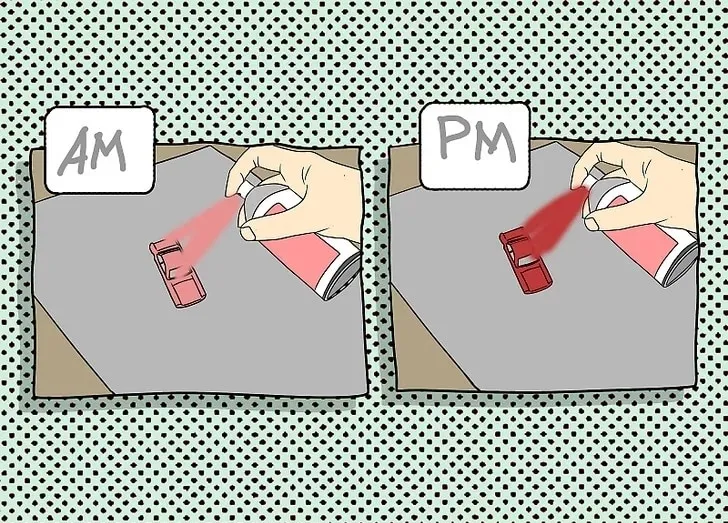
Regardless of the application method, achieving a smooth finish is the ultimate goal. For airbrushing, this involves proper air pressure, distance, and thin, even coats. For brush painting, using a quality brush, thinning the paint, and applying thin coats can minimize brush strokes. Once the paint has dried, you can gently sand any imperfections with fine-grit sandpaper and polish the surface. A smooth finish enhances the model’s appearance and makes it look professionally done. Paying attention to detail throughout the painting process is important for achieving the best results.
Top Paint Brands for Diecast Models
Choosing the right paint brand is just as important as the paint type itself. Several brands are renowned for their quality, color range, and ease of use. Experimenting with different brands can help you find your preferred products. The best paint brands offer a wide variety of colors, excellent coverage, and consistent results. While personal preference plays a role, some brands consistently receive positive reviews from modelers.
Tamiya
Tamiya is a popular choice among modelers. Their acrylic paints are known for their excellent coverage, smooth finish, and wide color range. They are also easy to use and can be applied with a brush or airbrush. Tamiya paints are known for their consistent quality and are available in various finishes, including matte, satin, and gloss. Their products are designed to be user-friendly, making them suitable for both beginners and experienced modelers. The color range is extensive, covering many historical and contemporary shades.
Mr Hobby
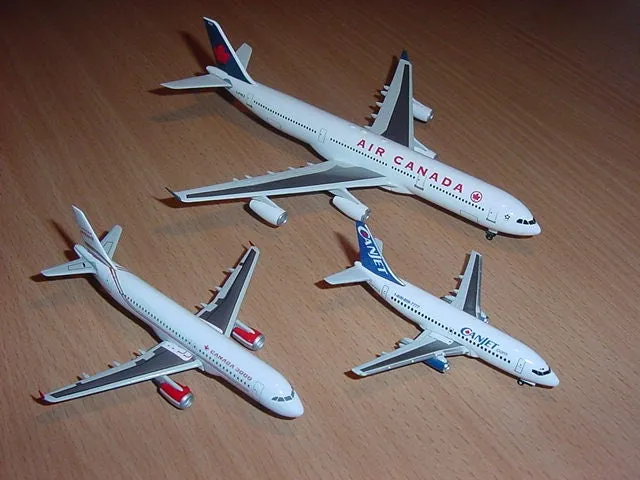
Mr Hobby is another well-respected brand offering a vast range of lacquer and acrylic paints. Their paints are known for their vibrant colors, excellent durability, and smooth finishes. The lacquer paints are especially popular for their high-gloss shine and quick drying times. Mr Hobby also offers specialized paints, such as metallic and fluorescent colors, to enhance the detailing of your diecast models. The brand’s paints are favored by many due to their quality, versatility, and ability to achieve professional results.
Testors
Testors is a classic brand in the model painting world, known for its enamel paints. Testors enamel paints are durable, offer excellent coverage, and come in a wide range of colors. They are also relatively easy to find in hobby shops and online. The brand is a trusted name, providing modelers with reliable and consistent results. Testors provides a good starting point for those new to the hobby because of their ease of use and availability. They offer a broad selection of colors for various model types.
Maintaining and Protecting Your Painted Model
Once you’ve painted your diecast model, taking steps to maintain and protect your work is important. This will help preserve the paint finish and keep your model looking its best. Applying a clear coat and storing your model correctly will increase its lifespan. Taking these measures ensures the longevity of your work and allows you to display your model proudly for years to come. Proper care prevents damage from scratches, dust, and other environmental factors.
Sealing and Clear Coating
Applying a clear coat over the painted surface provides an extra layer of protection. Clear coats seal the paint and protect it from scratches, UV light, and other environmental factors. Choose a clear coat that is compatible with the type of paint you used. Gloss clear coats enhance the shine, while matte clear coats offer a more subdued appearance. Apply the clear coat in thin, even layers, allowing each coat to dry completely before applying the next. This will provide your model with long-lasting protection.
Care and Storage
Proper storage is important for preserving your painted model. Store your model in a dust-free environment, away from direct sunlight and extreme temperatures. Consider using a display case to protect it from dust and accidental damage. When handling the model, do so with clean hands and avoid touching the painted surfaces. Regular dusting with a soft brush can remove dust without scratching the paint. Following these simple steps will help your model maintain its appearance for years.
Choosing the best paint for diecast models involves understanding paint types, considering essential factors, and mastering the right techniques. By following the guidance in this article, you can select the paint that aligns with your needs and preferences, ensuring a fantastic outcome for your modeling projects. Remember to prepare your model thoroughly, practice your painting techniques, and protect your work. Happy modeling!
